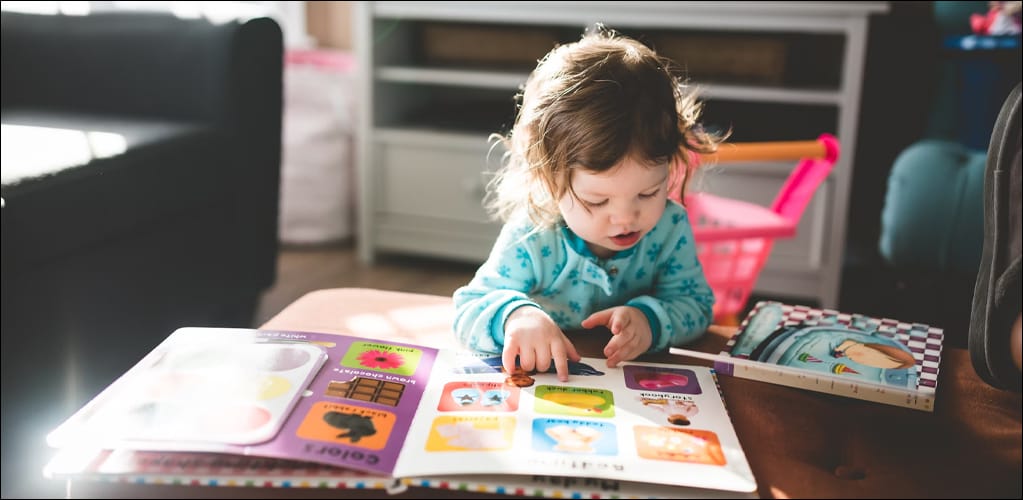
7 Reasons Bilingual Books Are the Ultimate Brain Boost for Kids
Bilingual books offer children a treasure trove of cognitive benefits, making them an invaluable tool for language learning and brain development. Let’s explore how these books go beyond language acquisition to nurture young minds.
1. Enhanced Executive Functioning
Bilingual books help children exercise their executive functions, which include skills like problem-solving, attention control, and task-switching. When children read in two languages, they naturally compare and contrast the vocabulary, sentence structures, and cultural nuances. This juggling act strengthens their brains’ ability to manage multiple tasks simultaneously, a skill that serves them well beyond language learning.
Example: A child reading a bilingual book might need to identify that “dog” in English corresponds to “perro” in Spanish. This process strengthens their ability to focus, switch perspectives, and ignore irrelevant distractions—core elements of executive function.
2. Improved Memory and Cognitive Flexibility
Reading bilingual books requires children to remember new words, sentence patterns, and even cultural contexts in both languages. This repeated mental exercise sharpens their working memory, which is critical for learning and problem-solving.
Additionally, bilingual books foster cognitive flexibility—the ability to adapt to changing rules or environments. By switching between two languages while reading, children learn to think dynamically, an essential skill in a fast-paced and diverse world.
3. Superior Metalinguistic Awareness
Metalinguistic awareness refers to the ability to think about language—how it works, structure, and nuances. Bilingual books naturally encourage this as kids notice similarities and differences between languages.
For instance, a child reading about “the cat” and “le chat” in French might observe that both phrases refer to the same animal but are structured differently. This deep understanding of how languages function makes kids better communicators and more effective learners of additional languages later in life.
4. Boosted Problem-Solving and Creativity
Navigating two languages in a single book cultivates creative thinking and problem-solving abilities. Children might encounter unfamiliar words or idioms and must use context clues from both languages to understand them. This encourages inventive thinking and strengthens their ability to tackle challenges from multiple angles.
Example: If a child doesn’t know the word “mountain” in Spanish, but the book has a picture of a mountain and the word “montaña,” they can deduce the meaning through observation and logical reasoning.

5. Delayed Onset of Cognitive Decline
Research shows that bilingual individuals often experience a delayed onset of cognitive decline as they age. By introducing bilingual books early in life, parents and educators lay the foundation for lifelong cognitive resilience. While this might feel like a distant benefit for children, it’s a testament to how early exposure can lead to lifelong advantages.
6. Strengthened Attention Span
Switching between two languages while reading requires intense focus, which helps kids develop a stronger attention span. They must carefully track which language they’re reading and often look for contextual clues to make sense of unfamiliar vocabulary. This ability to concentrate in a bilingual context translates to better focus in other academic and social settings.
7. Encouragement of Critical Thinking
Bilingual books often come with cultural nuances that require interpretation. For instance, a phrase in one language might not have a direct translation in another, encouraging kids to think critically about why this is and how context shapes meaning.
Example: A bilingual book featuring idioms, like “it’s raining cats and dogs” in English, might be paired with a culturally equivalent expression in another language. Children learn not just the words but also the thought processes behind language and culture.
Bilingual books are more than just a fun way to learn languages—they’re a powerful tool for shaping well-rounded, cognitively agile children. By incorporating them into your child’s routine, you’re fostering not only linguistic growth but also the mental flexibility and critical thinking skills that will benefit them for a lifetime. 🌟
RECEIVE THE NEXT BILINGUALISSIMO EPISODES
IN YOUR INBOX FREE
Practical Tips for Maximizing Cognitive Benefits
- Read Aloud Together: When parents or teachers read bilingual books with children, they can guide them in making connections between languages, enriching the experience.
- Use Visual Cues: Many bilingual books are illustrated, which helps reinforce comprehension and encourages kids to rely on context clues.
- Encourage Active Participation: Ask questions like, “How would you say this sentence in the other language?” or “What’s different about how these two languages describe the same thing?”
- Choose Age-Appropriate Books: Young readers benefit most when books match their language level and cognitive abilities.


